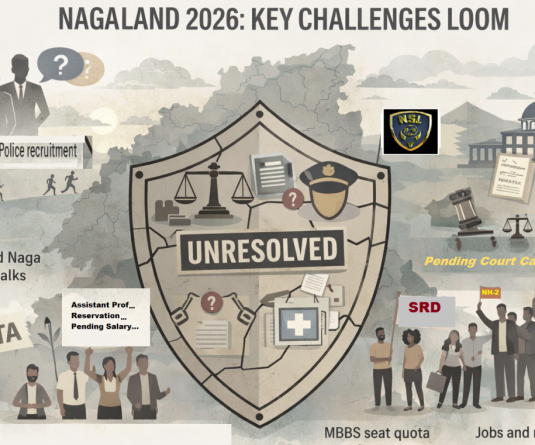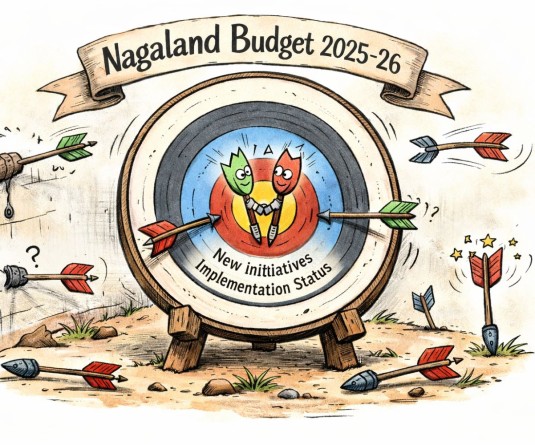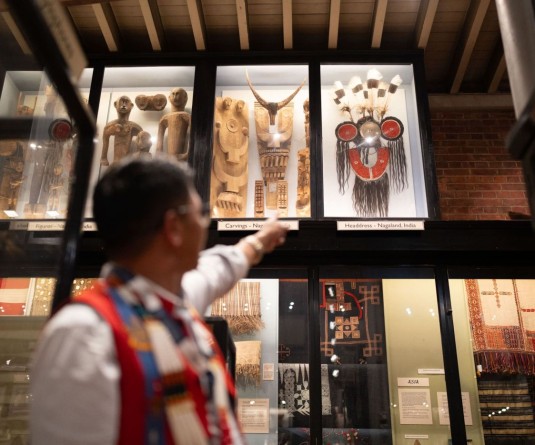View of the Hezukhu Memorial District Hospital. (Morung Photo)
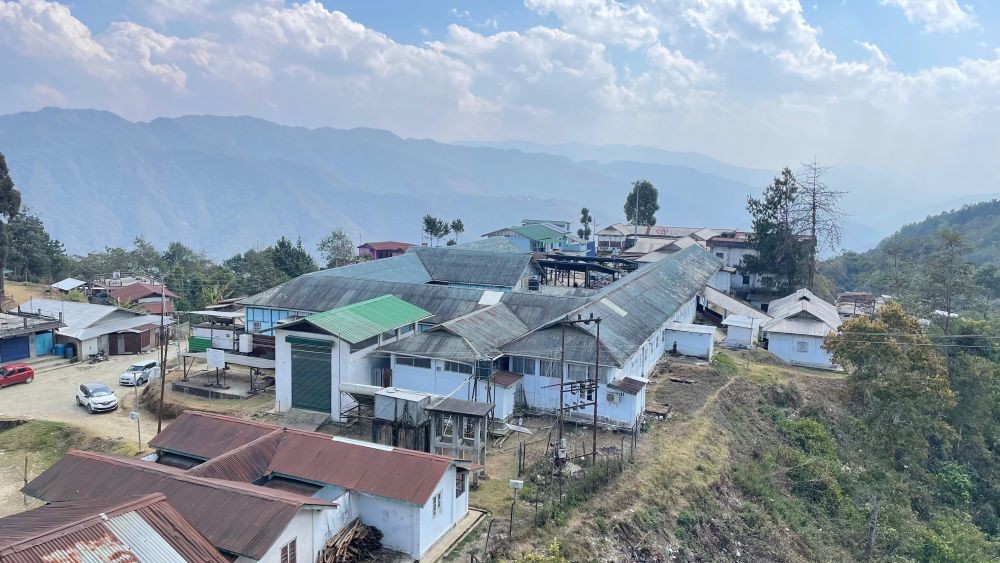
Tokavi K. Zhimo
Zunheboto | March 1
Zunheboto District Hospital (Hezukhu Memorial District Hospital) is facing significant challenges due to persistent manpower shortages and inadequate infrastructure, according to doctors. Despite the dedicated efforts of the medical team, the government hospital continues to encounter operational hurdles that hinder the quality of care provided to the local population.
In interviews with The Morung Express, Dr K. Akaho Sema, Dr Shikato Yeptho, and Dr Antoly Dy, Chief Medical Officer (CMO) of Zunheboto discussed the hospital’s most pressing issues.
Dr Sema emphasized the hospital's commitment to hygiene and sanitation. He noted that eco-friendly practices have been adopted to improve cleanliness, which is crucial for patient recovery.
“We are committed to maintaining high hygiene standards, as cleanliness is directly tied to the health and well-being of our patients,” Dr Sema said.
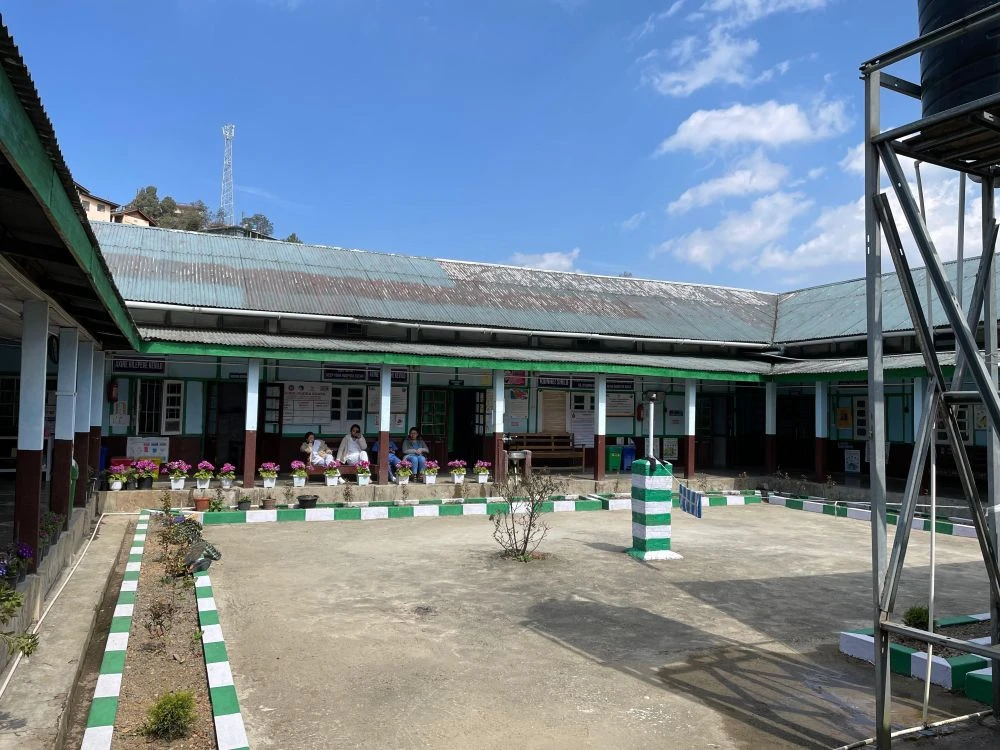
The hospital has an intensive care unit (ICU) with four beds and trained nurses available to manage critical cases. The ICU is connected to the National Health Mission (NHM), ensuring specialized care for seriously ill patients. Dialysis machines are also being installed to meet the increasing demand for renal care.
“This addition will significantly improve our capacity to provide specialized care,” Dr. Sema said.

The hospital handles postmortem procedures through the CMO or designated doctors and has 60 to 65 beds, including an isolation ward for infectious diseases.
Senior surgeon, Dr Shikato Yeptho raised concerns about a lack of technicians, which has affected the hospital’s ability to function effectively. This issue is compounded by the absence of adequate housing for medical staff, which further hampers healthcare delivery.
Critical shortage of Ambulances
The hospital also faces a critical shortage of ambulances. Of the three ambulances available, only two are operational, and they often require extensive repairs.
“In a district where emergencies are common, the lack of reliable ambulance services is a critical issue that needs to be addressed immediately,” Dr Yeptho said.
Despite these setbacks, Dr Yeptho highlighted the hospital’s achievements in performing numerous successful surgeries with no reported surgical infections. He credited this success to the skill of the medical team and strict adherence to sterile techniques.

Lack of MOs for ART center
The hospital has dispensaries and pharmacies to ensure easy access to medications, but Dr Yeptho noted that it is unable to function effectively as an Antiretroviral Therapy (ART) center due to a shortage of medical officers.
“The lack of medical officers is not only affecting ART services but also contributing to the overall inefficiency of healthcare delivery in the district,” he added.
Dr Sema underscored the urgent need for a CT scan, as patients currently must be referred elsewhere for such diagnostic services.

“The district is in desperate need of a CT scan,” he said, urging local authorities and the government to take immediate action.
Deputy CMO Dr Antoly Dy explained that even if a CT scan were acquired, the lack of trained radiologists in the district would pose operational challenges.
“One step at a time,” she said. “We also face numerous problems with post-mortem cases. We do not have a morgue like Kohima or Dimapur, and addressing these issues will improve healthcare for every district in Nagaland.”

CMO Office in 1939 Pre-Independence building
Dr Antoly also mentioned the progress made in purchasing land for the district hospital and suggested opening a nursing school to help address the staff shortage.
She also highlighted the poor condition of the CMO office, which operates out of a church building constructed before India’s independence. “We operate under these conditions because we cannot do anything about it,” she said, noting the widespread shortage of human resources, including doctors, nurses, and paramedical staff.
Many health units lack proper infrastructure and essential resources, raising concerns about the state of community health centers (CHCs), sub-centers, and primary health centers (PHCs) in the district.
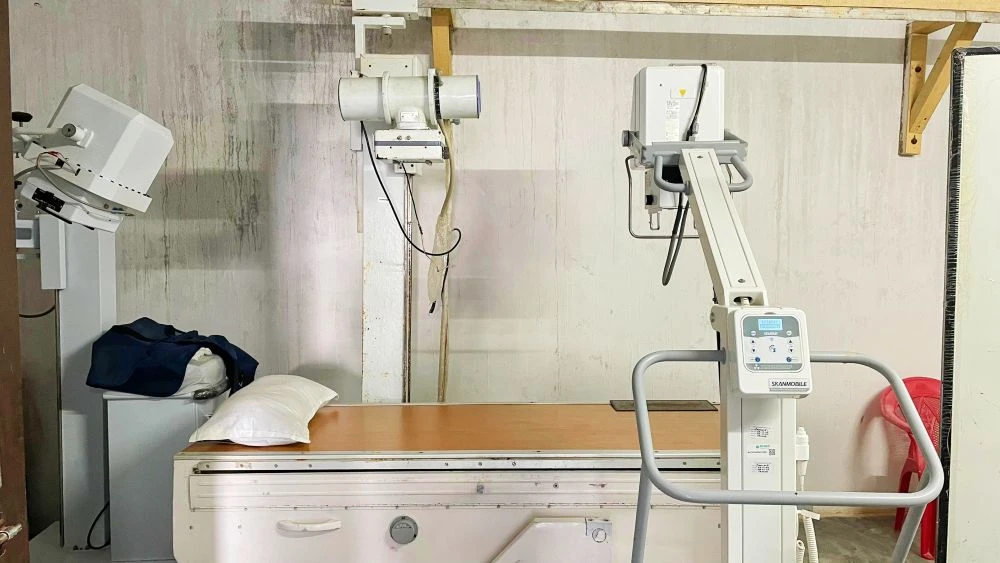
Despite these challenges, the hospital staff remains committed to providing the best possible care. However, without significant government intervention to improve staffing, equipment, and infrastructure, the hospital will struggle to meet the growing healthcare demands of the Zunheboto community.
“The residents of Zunheboto deserve access to high-quality healthcare,” Dr Sema said. “With sustained efforts and proper support, these challenges can be overcome.”



